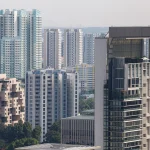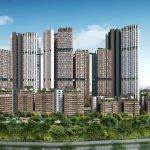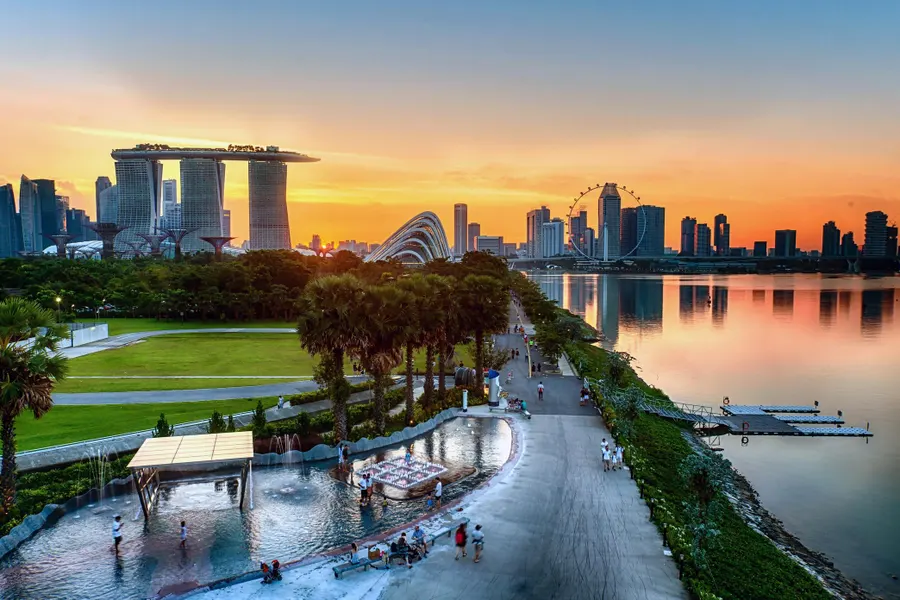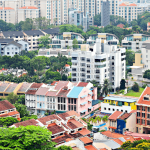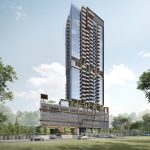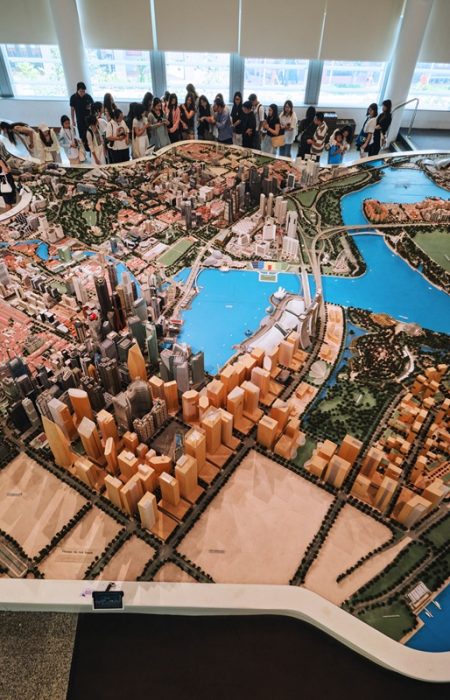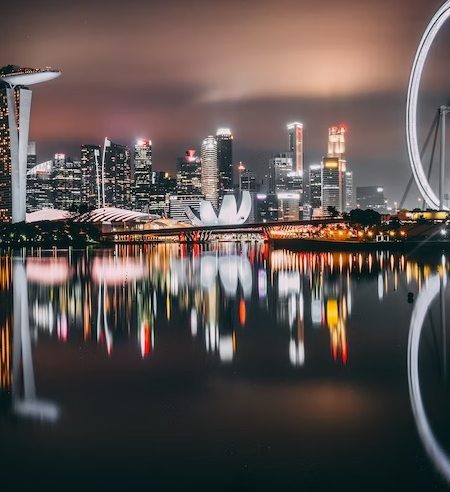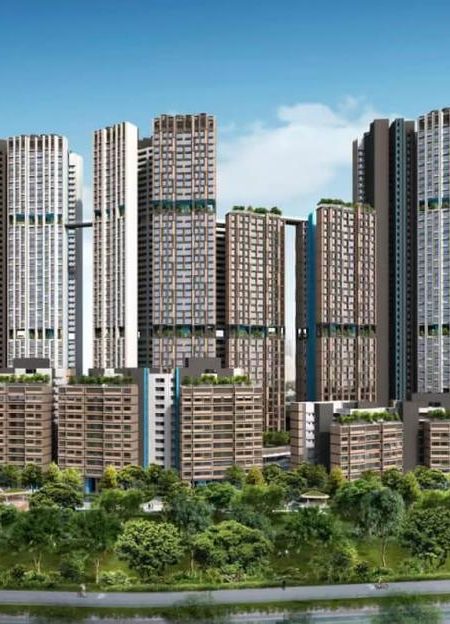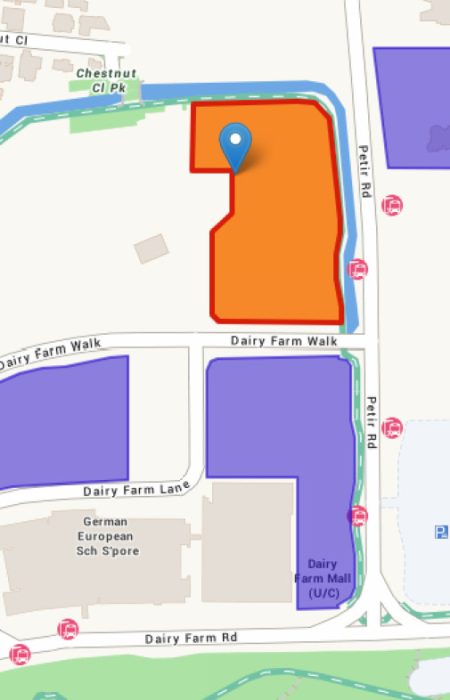The Government Land Sales (GLS) programme continues to be one of Singapore’s most critical tools for managing housing supply and ensuring sustainable growth in the property market. In 2025, GLS has been at the center of discussions, with fresh sites launched to meet the increasing housing demand while keeping the market stable.
From new private residential supply to prime mixed-use developments, the GLS programme is shaping both the short- and long-term trajectory of Singapore’s property sector.
Strong Pipeline of GLS Residential Supply
In the first half of 2025 (1H2025), the government released a total of 5,450 private residential units, including 530 Executive Condominium (EC) units, under the Confirmed List of GLS sites. This marked a 19% increase compared to the 4,560 units in 2H2024.
This increase represents the largest supply in over a decade, reflecting proactive government efforts to cool price growth, support population needs, and align with urban planning strategies.
Prime Sites Driving Developer Interest
Among the GLS sites launched in 2025, several prime locations have attracted significant interest from developers:
- Orchard Boulevard: A highly anticipated luxury residential site expected to deliver premium housing options in the heart of Singapore.
- Upper Thomson Road: Targeted for family-friendly developments, leveraging its proximity to upcoming MRT lines.
- Pasir Ris & Tampines: Mixed-use GLS plots integrating housing, retail, and community spaces, aligning with the “live-work-play” model.
- Jurong Lake District (JLD): Continued development in Singapore’s second CBD, with GLS sites driving demand for both residential and commercial spaces.
These prime launches highlight the government’s strategic focus on decentralization and balanced development across regions.
Record-Breaking Bids Reflect Market Confidence
Despite global economic uncertainties, Singapore’s property market has displayed resilience. Recent GLS tenders in 2025 have seen aggressive bidding from developers, with some sites drawing more than 10 bids each.
For instance, the Orchard Boulevard site reportedly fetched one of the highest land bid prices in recent years, signaling strong confidence in Singapore’s luxury housing segment.
Similarly, suburban GLS plots in Jurong and Tampines also witnessed competitive interest, reflecting healthy demand for mass-market and family-oriented homes.
Balancing Demand & Affordability
While GLS sites have drawn robust interest, the government has emphasized the importance of keeping housing affordable. By increasing land supply, particularly for non-landed private residential developments, GLS helps prevent overheating in the property market.
This balancing act ensures that while developers pursue profitability, homebuyers can still access reasonably priced units in both central and suburban locations.
Integration of Sustainability in GLS Developments
GLS projects in 2025 also reflect Singapore’s Green Plan 2030 goals. Developers are now required to integrate sustainable building features such as:
- Green roofs and solar panel installations.
- Energy-efficient designs reducing carbon footprint.
- Smart community features for eco-friendly living.
This push towards sustainability ensures that future housing supply not only meets demand but also contributes to Singapore’s long-term climate goals.
Impact on Property Buyers & Investors
- For Homebuyers: Upcoming GLS launches translate to more housing options in both luxury and mass-market segments, reducing reliance on the tight resale market.
- For Investors: Prime GLS sites, especially in Orchard and JLD, present long-term value growth opportunities due to strategic locations and future urban plans.
- For Developers: Competitive bidding signals confidence, but margins may tighten as land costs rise, making efficient project execution crucial.
Market Outlook for 2025 and Beyond
The GLS programme in 2025 demonstrates the government’s firm stance on managing housing demand, providing land supply, and preventing speculative bubbles. With more than 11,000 residential units expected between 2025 and 2027, Singapore’s housing pipeline is stronger than ever.
Key future trends include:
- Decentralization with more GLS sites in suburban hubs.
- Continued focus on sustainability and smart living.
- Greater integration of mixed-use developments to support vibrant communities.
Conclusion
The Government Land Sales (GLS) programme remains the backbone of Singapore’s housing strategy in 2025, ensuring that residential supply keeps pace with population needs while maintaining market stability.
With prime sites launched, record developer interest, and a stronger emphasis on sustainability, GLS is shaping the next chapter of Singapore’s real estate sector. Buyers, sellers, investors, and developers alike will find opportunities within this evolving landscape, making 2025 a pivotal year for Singapore’s property market.



